Recent Articles
Popular Makes
Body Types
2016 Kia Optima Hybrid and Optima PHEV First Drive and Review
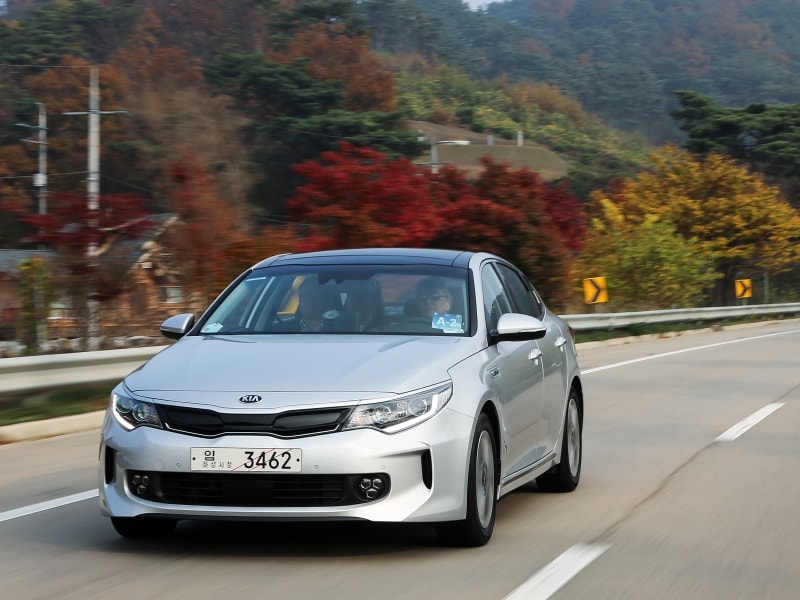
2016 Kia Optima Hybrid front 3/4 action on-road ・ Photo by Kia Media
Not every swing an automaker takes at greatness makes it out of the park. Sometimes, even the most ambitious effort barely connects with the ball, dribbles up to the pitcher's mound, and qualifies more as a sacrifice than anything else. After a disappointing experience with the bulky first-generation Kia Optima Hybrid, the brand is back for 2016 with a completely redesigned effort that should go a long way towards erasing any memories of the earlier battery-assisted experiment. I was able to drive prototype versions of not just the Optima Hybrid but also the new Plug-In Hybrid (PHEV) that joins it in showrooms for the 2016 model year, all while under the watchful eye of Kia's engineering and security team on a largely improvised traipse through Korea's industrial landscape. Even if Kia hasn't quite finished shaking down its two hybrid sedans, what did shine through in the experience is just how much the automaker has learned from its past failures, and how sincere it is about snagging a larger share of the admittedly small hybrid sedan market.
All-New Hybrid Drivetrain Highlights Optima Refresh
Well aware of the shortcomings of its previous-generation hybrid setup, Kia's product planners weren't about to make the same mistake twice with the new model. The 2016 Kia Optima Hybrid upgrades to a 2.0-liter, four-cylinder engine in place of the less-than-impressive 2.4-liter unit of old, which is paired with a smaller and more powerful single electric motor sitting where the torque converter would normally be in the vehicle's six-speed automatic transmission. Based on presentation Kia provided us with at their research and development headquarters in Namyang, it's reasonable to expect 193 horsepower from the system when it arrives in U.S. trim in the first quarter of 2016. Kia has boosted the capacity of the lithium-ion battery pack outfitted to the Optima Hybrid by 13 percent, but just as importantly also moved it to the trunk floor so that it no longer eats up as many cargo cubes as it did the year before.
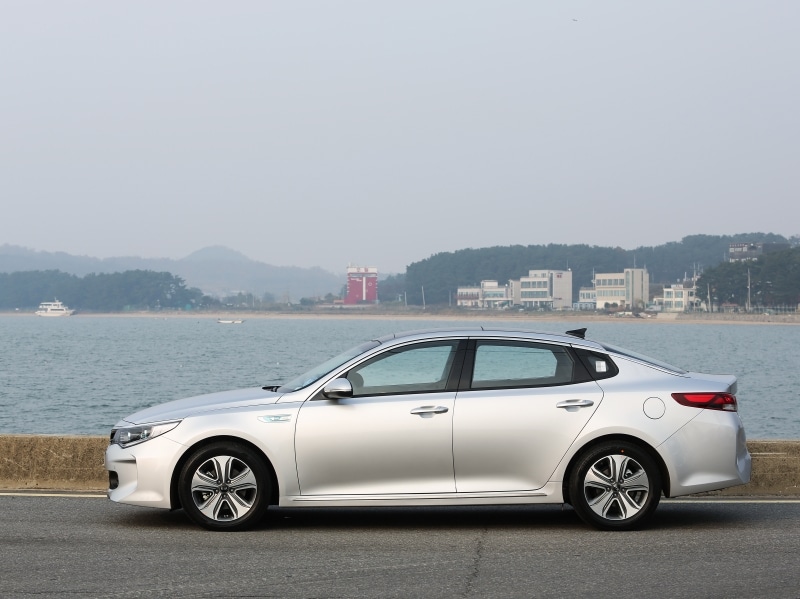
Photo by Kia
Plug-In Hybrid Adds EV Range
If a big battery is what turns you on, then you'll want to ante up the extra dollars it will take to get into the 2016 Kia Optima PHEV (plug-in hybrid electric vehicle). Not only does the PHEV edition of the Optima Hybrid boast a larger power pack, but it also pushes the output of its electric motor from 36 kW to 50 kW (roughly 67 horses) so as to deliver 27 miles of electric-only operation at highway speeds. The Kia sedan provides two methods for charging its battery: plugging into a wall (nine hours at 120v, three hours using a 240v level hookup), or running the gas engine as a generator. The latter lets you top the system up while cruising down the freeway so you can sip from the battery for longer when tooling around town. The extra might of its electric motor gives the PHEV a bit of a boost compared to the standard hybrid, checking with 202 total system horsepower.

Photo by Kia Media
10 Percent Improvement In Fuel Mileage
The 2016 Kia Optima Hybrid's reconstituted gasoline/electric drivetrain can be counted on for a 10 percent improvement in fuel consumption as compared to the model it replaces. It's still too early for official EPA figures, but Kia offered up 42-mpg in combined driving as an early estimate, which jives with the 39-mpg city / 43-mpg highway rating afforded the Hyundai Sonata Hybrid (which shares the same mechanical details). In real-world driving, I've been impressed with the Sonata Hybrid's frugality, and I expect the same from its Kia cousin. At first the 40-mpg in combined driving that Kia has pegged to the Optima PHEV seems like a typo, given that the vehicle offers a bigger battery and a more capable electric motor. Tagging along with all that additional tech, however, are a few extra pounds of curb weight, which takes a toll on overall efficiency. A more effective method of measuring the PHEV's prowess is to look at its estimated 99 MPGe, which is within range of other vehicles in its class such as the Ford Fusion Energi Plug-In Hybrid (88 MPGe) and the slightly smaller Chevrolet Volt (106 MPGe).
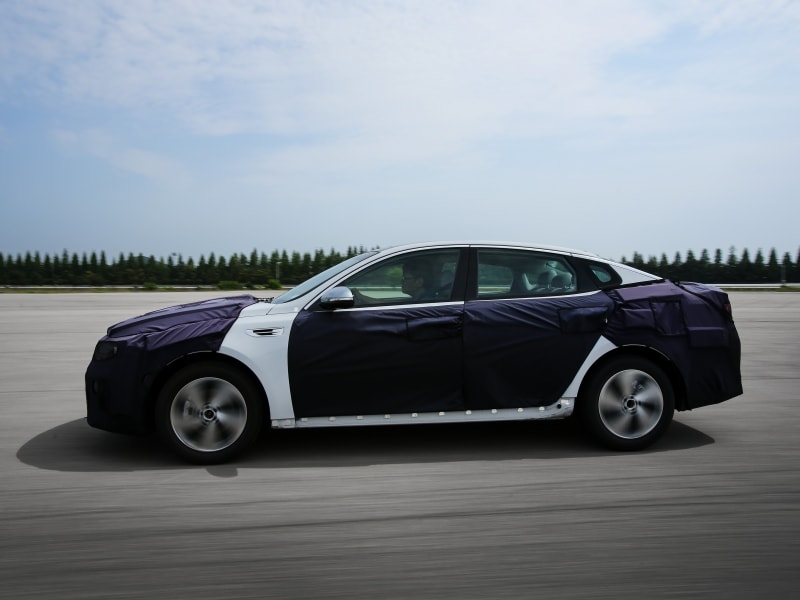
Photo by Kia Media
Better System Management Makes For Smoother Driving
Even more crucial to the success of the 2016 Kia Optima Hybrid and PHEV than their enhanced thriftiness at the fuel pump is their newfound finesse from behind the wheel. To put a point on it: the older Optima Hybrid was not at all pleasant to drive, what with its abrupt transitions between EV mode and gas-engine assistance, and a transmission that never seemed to know when it was time to move on to the next ratio in the box. Banish any thoughts of a similar repeat performance from Kia's mid-size hybrid, take-two. Both the new Optima Hybrid and Optima PHEV displayed none of the uncouth character that defined the older model, with power delivery provided in a smooth and predictable manner at all operating speeds. I appreciate the use of a six-speed automatic in the Kia rather than the nebulous and noisy nature of the continuously-variable units that are the bread and butter of the hybrid transmission segment. The automatic gearbox offers a natural driving feel that makes it harder to separate the Optima Hybrid from its gas-only cousin until you realize how long it's been since you've seen the inside of your local filling station. The PHEV model's EV-only drive mode was mostly missing in action while tooling around Namyang, as the prototype I drove was unable to indicate clearly when, or if, it had been engaged after pushing the required console-mounted button. Around town, it was somewhat easier to tell when the Optima PHEV was operating in battery-only mode, and even after extended periods of engine shut-off the 2.0-liter motor was able to step in and resume its duties without any jarring vibration, lurching, or harsh noise.
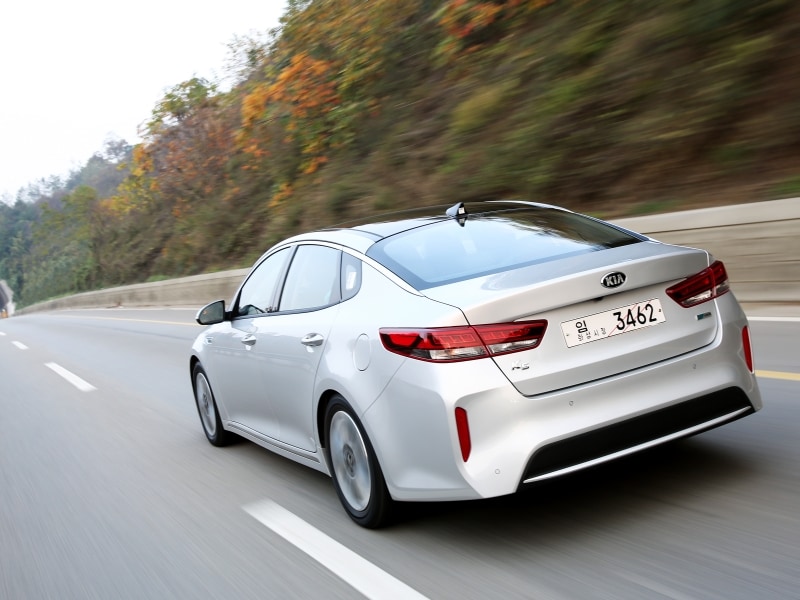
Photo by Kia
Bye-Bye Braking Bugs
Another laudable aspect of the 2016 Kia Optima Hybrid's revised charging system: infinitely smoother regenerative braking. Gone is the unpredictable on/off switch of the older model, which never let you know when you were about to transition from regen to actual full-on stopping power, and in its place is linear and progressive pedal feel that comes much closer to being indiscernible from a standard braking system than Kia has been able to previously accomplish. This is true even of the PHEV edition of the sedan, although I would have liked to be able to test out the car's 'charge' mode and see if selecting it had any impact on the 'whoa' pedal. Kia's engineers were fully aware of how sub-par the old hybrid's stoppers were, and the extra effort made to overcome the brand's poor start has paid dividends.
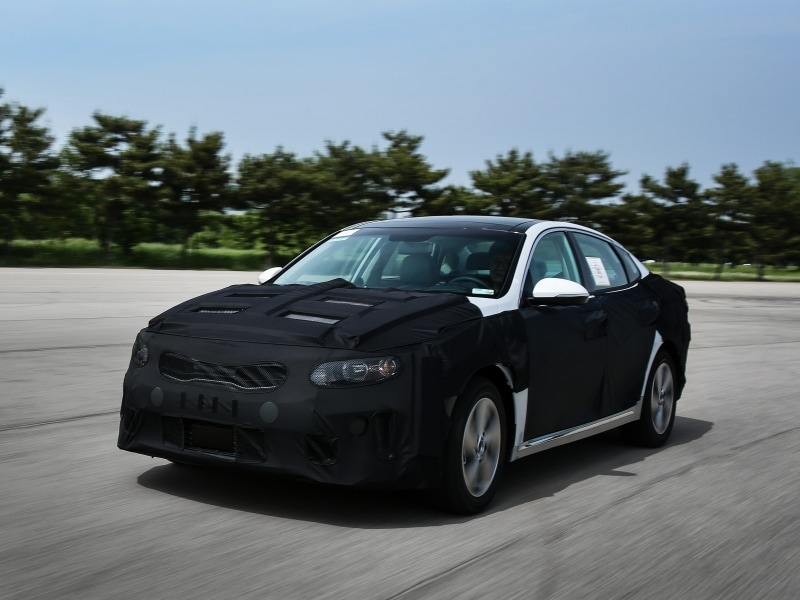
Photo by Kia Media
Same Sharp Optima Styling, Only Greener
While the Hyundai Sonata Hybrid has taken a page out of the Big Grey Book of Corporate Styling, the designers who penned the lines of the 2016 Kia Optima Hybrid continue to make fashion a focus for the sedan. The Optima Hybrid and Optima PHEV look very much like their gas-only counterpart, which means sharp lines front and rear and the appropriate use of LED lighting to stay current with its competitors in the family car segment. The vehicle is also longer, wider, and taller than the older generation Optima, although dimensionally they are so close that you'd most likely only notice a difference with the two parked side-by-side. There are a few unusual decisions taken with the Optima's design, such as the elimination of fog lights on trim levels equipped with LED headlights in favor of a mirror system that largely mimics the low light dispersal of a bumper-mounted lens, but overall you're looking at the standard Optima with a number of aerodynamic enhancements. These include active shutters in the grille, a rear diffuser, Kia's 'air curtain' technology to reduce drag, and, of course, special rims that cut through the air more effectively than the stockers. Inside, things aren't quite as eye-catching as the Optima Hybrid's sheet metal would seem to suggest, but controls are well distributed, materials feel in keeping with the car's expected price tag, and the rear seat is sufficiently capacious.
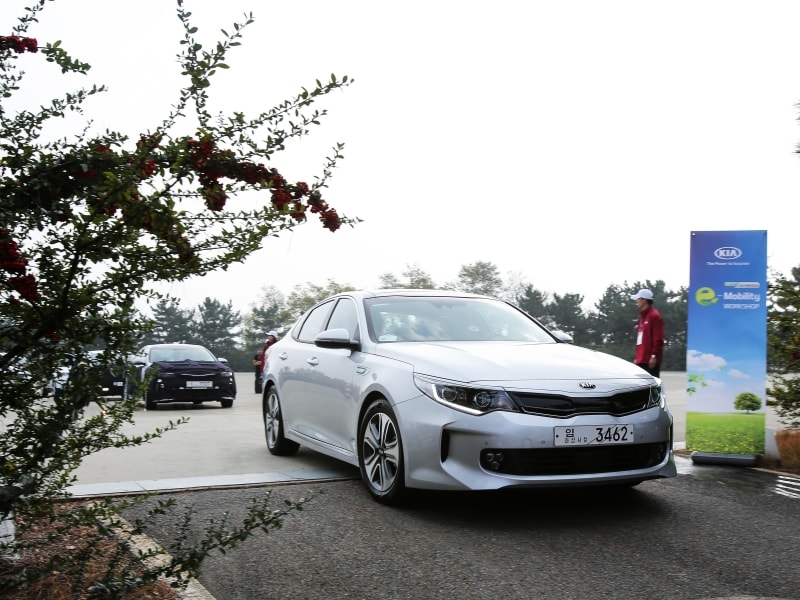
Photo by Kia Media
Active Safety Takes Center Stage
The 2016 Kia Optima Hybrid's technological advances aren't just limited to its battery and braking systems. Like most other automakers looking to lure family shoppers in with a mid-size four-door, Kia has made sure to stuff the Hybrid and PHEV with as many available active safety features as possible. This means you can order the car with an adaptive cruise control feature that provides both forward collision warning and automatic braking (should an impact be deemed imminent), as well as lane departure warning system, a lane keeping assistance system, and, of course, parking sensors (with automated parking also in the cards).
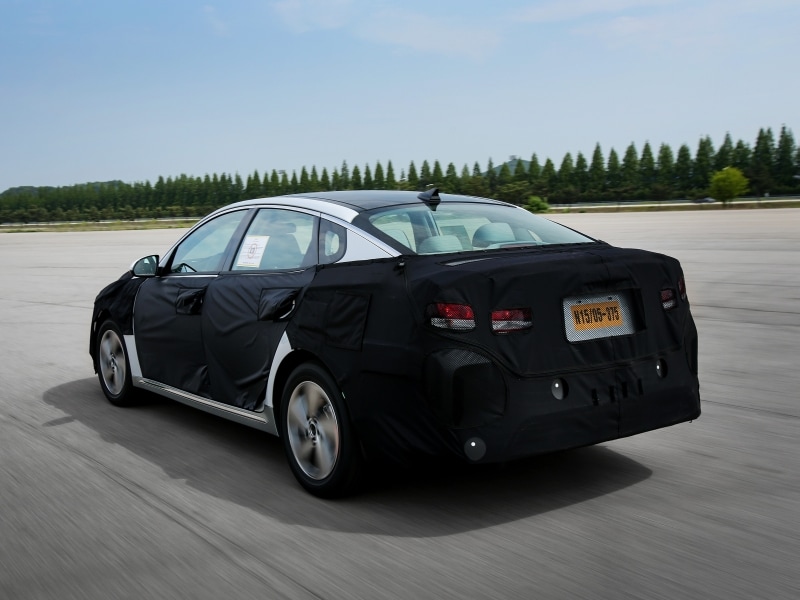
Photo by Kia Media
The Whole Package
The 2016 Kia Optima Hybrid finally offers a feature set and driving experience that's competitive with its rivals. After stumbling through its first generation, the Optima Hybrid is now able to clear the hurdles that once held it back and presents buyers with all of the benefits of its efficient battery-assisted drivetrain without emphasizing any of its potential drawbacks. The Optima PHEV is merely gravy at this point, a not-so-subtle reminders to plug-in pioneers like Toyota and Ford that Kia is quite capable of keeping up in the ever-escalating hybrid arms race.
It also clearly communicates that Kia is not afraid to expend a significant amount of money to participate in a market segment that's admittedly not all that financially rewarding for automakers. If one of its rivals is there, then Kia wants to be there too, and cars like the new Optima Hybrid and Optima PHEV prove that the Korean company has earned the right to claim its spot at the green table.
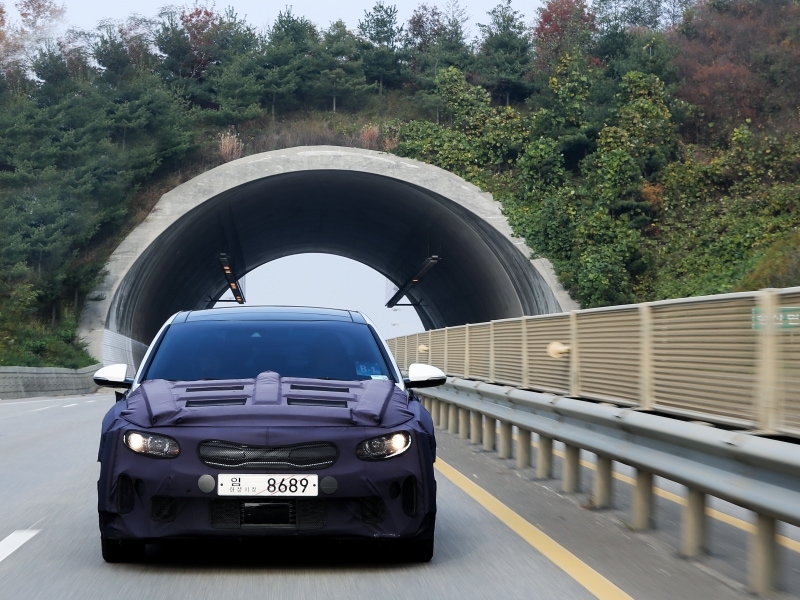
Photo by Kia Media
Pros and Cons
Pros: • Much smoother than previous hybrid model • Improved real-world fuel efficiency • Available plug-in model offers 27 miles of electric-only range • Comfy interior, large rear seat • Stylish compared to other hybrid sedans Cons: • Likely to be more expensive than quicker and better-equipped gas-only editions of the Optima • Wasn't able to extensively test out EV option on prototype PHEV model • Interior is a bit plain compared to exterior styling • A solid achievement in a segment few buyers ever bother to shop
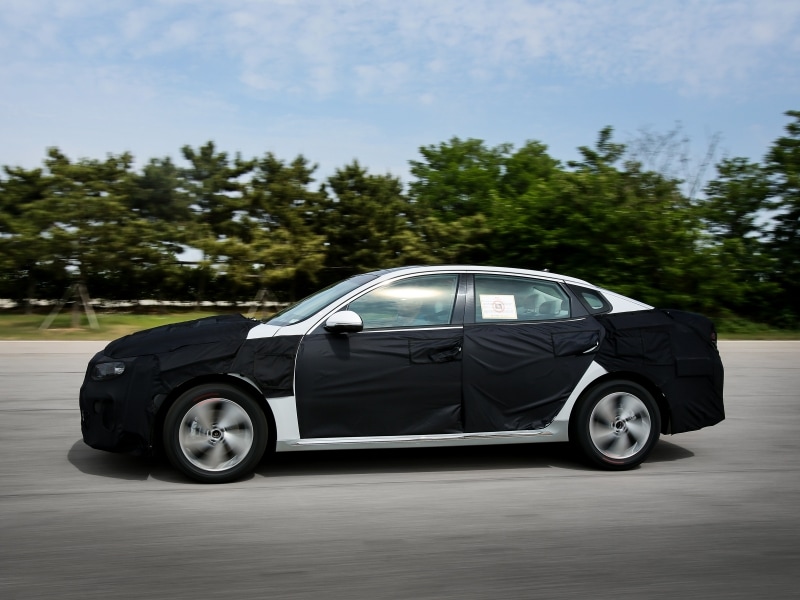
Photo by Kia Media